Green beans, with their crisp texture and sweet flavor, are a garden favorite for many, including myself.
As an avid gardener, I’ve always found green beans to be a gratifying crop to grow. They’re not only easy to cultivate but also offer a range of benefits, both nutritional and environmental.
Whether you’re a seasoned green thumb or new to gardening, growing green beans can be simple and enjoyable.
Let’s explore the world of green beans and how you can successfully grow and care for them in your garden.
Benefits of Growing Green Beans
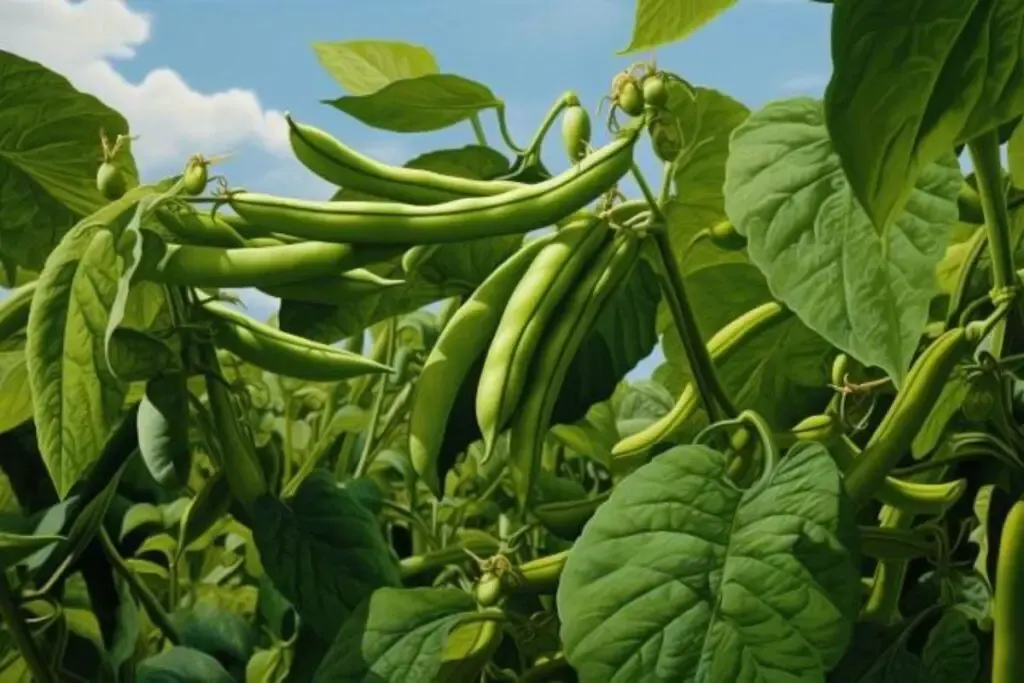
1. Nutritional Value
Green beans are a healthy addition to any diet. They are packed with vitamins (like A, C, and K) and minerals, along with being a great source of fiber.
Growing them at home ensures you get the freshest, nutritious beans.
2. Environmental Friendly
Green beans are nitrogen-fixing plants, which means they help improve soil health. They add nitrogen to the soil, reducing the need for synthetic fertilizers in your garden.
This makes them an excellent choice for organic and sustainable gardening practices.
3. Versatility in Cooking
From steaming and stir-frying to canning and freezing, green beans are incredibly versatile in the kitchen.
Growing them at home offers the opportunity to enjoy them fresh, with a flavor that far surpasses what you can buy at the store.
My Favorite Green Bean Varieties
There are numerous varieties of green beans, each with its unique characteristics.
Here are three of my favorites, which I’ve found to be both delicious and easy to grow:
1. Blue Lake
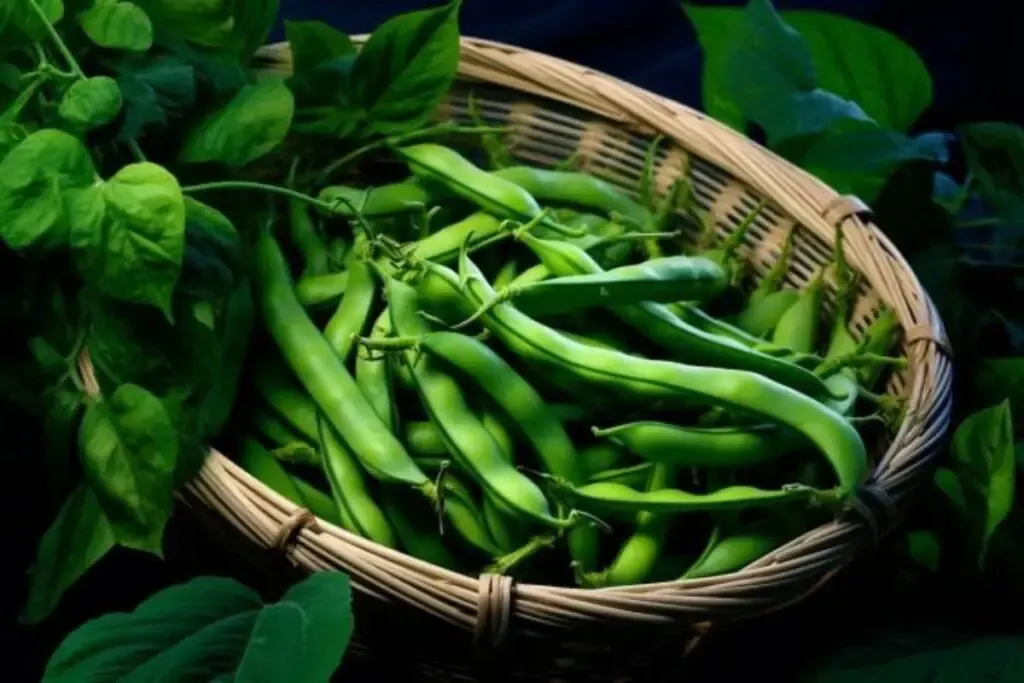
This is a classic green bean variety known for its excellent flavor and texture. It is produced abundantly and is great for both fresh eating and canning.
2. Kentucky Wonder
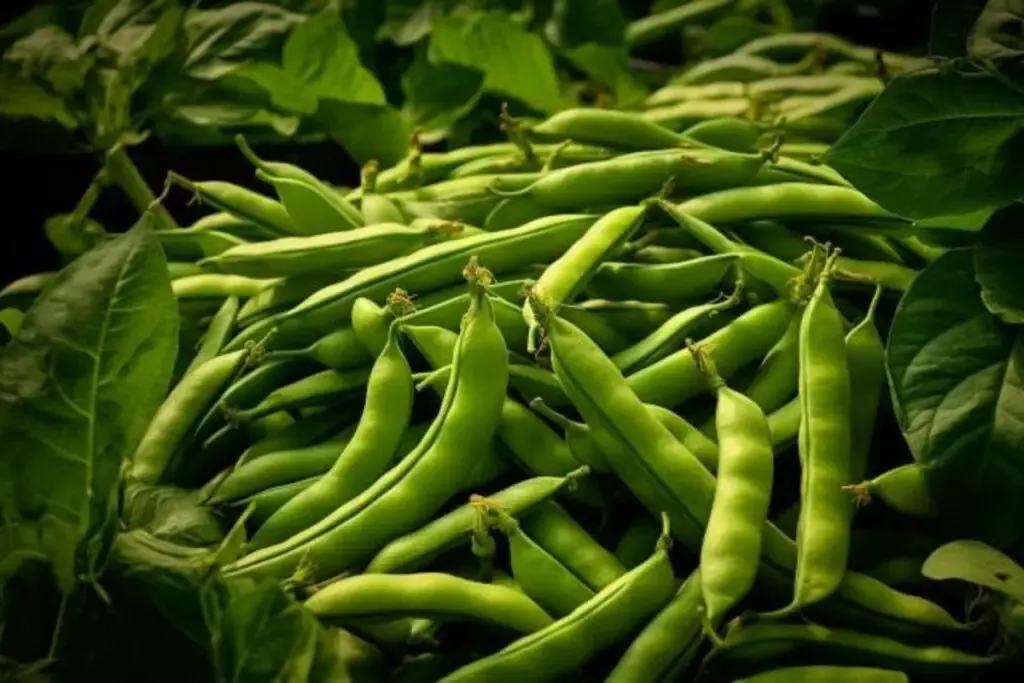
An heirloom variety, Kentucky Wonder is known for its exceptional taste and tender pods. It’s a prolific producer, often used in traditional Southern cooking.
3. Contender
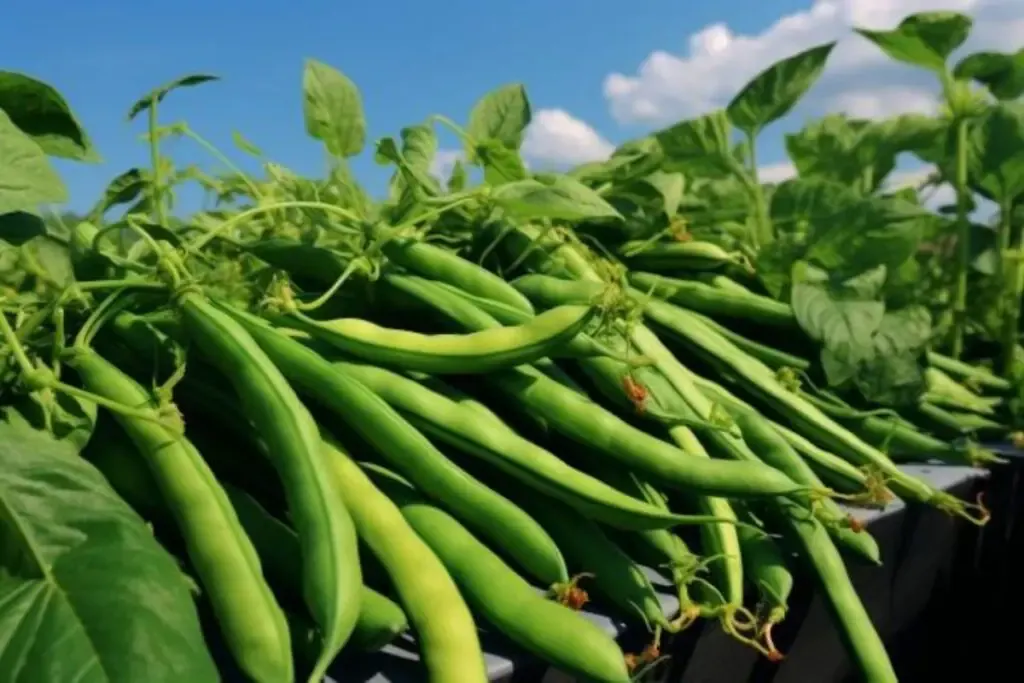
It’s a great choice for those with shorter growing seasons. The contender matures quickly and is tolerant of both hot and cooler temperatures. It’s also resistant to many common bean diseases.
Green Bean Care
Green beans are one of the more straightforward vegetables to grow, making them a fantastic choice for both novice and experienced gardeners. With the right care and conditions, they can yield a generous harvest.
Let’s delve into the essentials of green bean care.
Planting
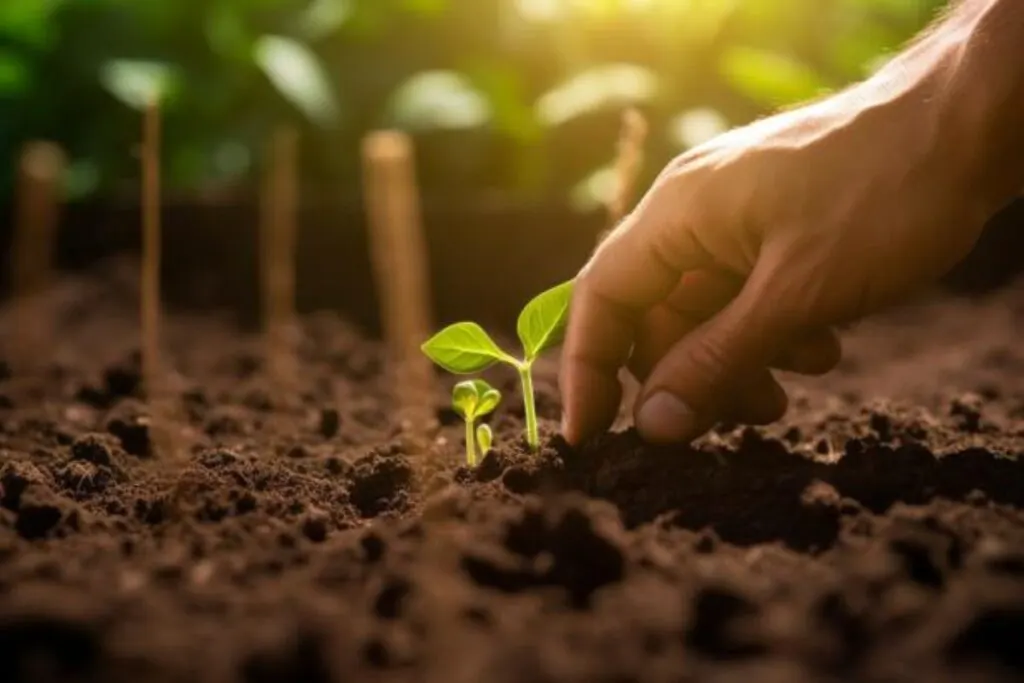
The journey of growing green beans begins with planting. Start sowing directly in the ground after the last frost when the soil has warmed up, as green beans do not fare well with transplanting.
Plant the seeds about 1 inch deep and 2 to 4 inches apart in rows. If you’re planting pole beans, ensure you have supports like trellises or stakes in place, as they will need something to climb.
Light
Green beans thrive in full sunlight. They need at least 6-8 hours of direct sunlight daily for optimal growth and bean production.
If you live in an area with very hot summers, some afternoon shade can be beneficial to prevent overheating.
Soil
Beans aren’t overly picky about soil as long as it’s well-draining. However, they do best in slightly acidic to neutral soil (pH 6.0 to 7.0).
Before planting, you can work in some organic matter or compost to enrich the soil and improve drainage.
Water
Consistent watering is crucial for green beans, especially when the plants are flowering and developing pods. Aim to keep the soil moist but not waterlogged.
A good rule of thumb is about an inch of water per week, either from rainfall or irrigation.
Temperature and Humidity
Green beans grow best in moderate temperatures, between 65°F and 85°F (18°C to 30°C). They can handle a bit of humidity but don’t fare well in extreme heat or cold.
If you experience a cool spring, wait until the soil warms up before planting.
Fertilizer
Green beans generally do not require a lot of fertilizer, especially if you’ve enriched the soil with compost.
If needed, a light application of a balanced, all-purpose fertilizer can be used. Since green beans fix their own nitrogen, avoid high-nitrogen fertilizers.
Harvesting Green Beans
Harvesting green beans is an exciting and rewarding part of the growing process. The key to a good harvest is timing.
Green beans are ready to pick when they are firm and have reached a good size but are still tender before the seeds inside become too large. For most varieties, this is when they are about the thickness of a pencil.
Regular harvesting encourages more production. Use a gentle hand or scissors to snip the beans off the plant to avoid damaging the plant.
The more you pick, the more beans the plants will produce, so don’t be shy about harvesting!
Pruning
Pruning is not typically necessary for green beans. These plants are generally low maintenance in this regard.
However, you may occasionally need to remove damaged or diseased leaves or stems to keep the plant healthy. This can improve air circulation and reduce the likelihood of disease.
Propagating
Green beans are most commonly propagated from seeds. They don’t propagate well from cuttings, so saving seeds from your harvest or purchasing new seeds is the way to go for each planting season.
To preserve genetic traits, save seeds from the healthiest and most productive plants.
How to Grow Green Beans From Seed
Growing green beans from seed is straightforward. Plant the seeds directly in your garden after the last frost, as beans don’t transplant well.
Sow them about an inch deep and a few inches apart. If you’re planting pole beans, be sure to provide a trellis or some other support for them to climb.
With regular watering and full sun, your bean plants will be off to a great start.
Growing in Pots
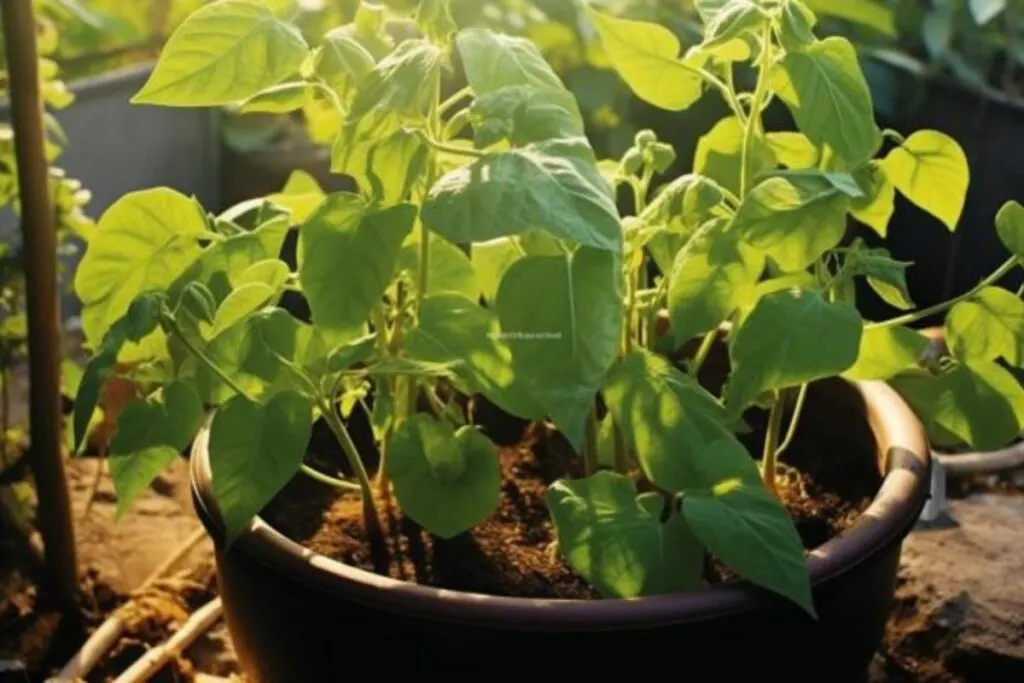
Green beans can also be grown in pots, making them a great choice for those with limited space or no garden.
Choose a container that is at least 12 inches deep and has good drainage. Bush beans are better suited for container gardening than pole beans due to their compact growth habit.
Ensure the pots are placed in a sunny location and water them regularly to keep the soil consistently moist.
Overwintering
Overwintering green beans is generally not applicable, as they are annual plants. They complete their life cycle in one growing season and do not survive frost. In colder climates, the plants will die off in winter.
However, you can save seeds from your best plants to sow the following year. This allows you to continue the cycle of growth with each new season, preserving the best qualities of your green beans.
Transplanting
Transplanting green beans is not typically recommended, as they have delicate root systems that can be easily disturbed.
It’s best to sow green bean seeds directly where they are to grow, whether in the garden or in a container.
If you must transplant (for instance, if you started seeds indoors due to a cold spring), do so with great care to minimize root disturbance and transplant shock.
Common Pests & Diseases
Green beans can be susceptible to various pests and diseases. Common pests include bean beetles, aphids, and spider mites.
Diseases like bean rust, powdery mildew, and bacterial blight can also affect them. To minimize issues, practice crop rotation, maintain good air circulation around plants, and avoid wetting the foliage when watering.
If pests or diseases do appear, address them promptly with appropriate organic or chemical controls. Growing green beans can be a delightful part of your gardening journey.
Whether you’re marveling at the rapid growth of the plants, enjoying the fun of harvesting, or savoring the fresh taste of your beans, there’s always something to appreciate.
These simple yet prolific plants can teach us a lot about patience and the rewards of diligent care. So, plant some seeds, nurture them, and enjoy the bounty that your garden offers.
Happy gardening!

